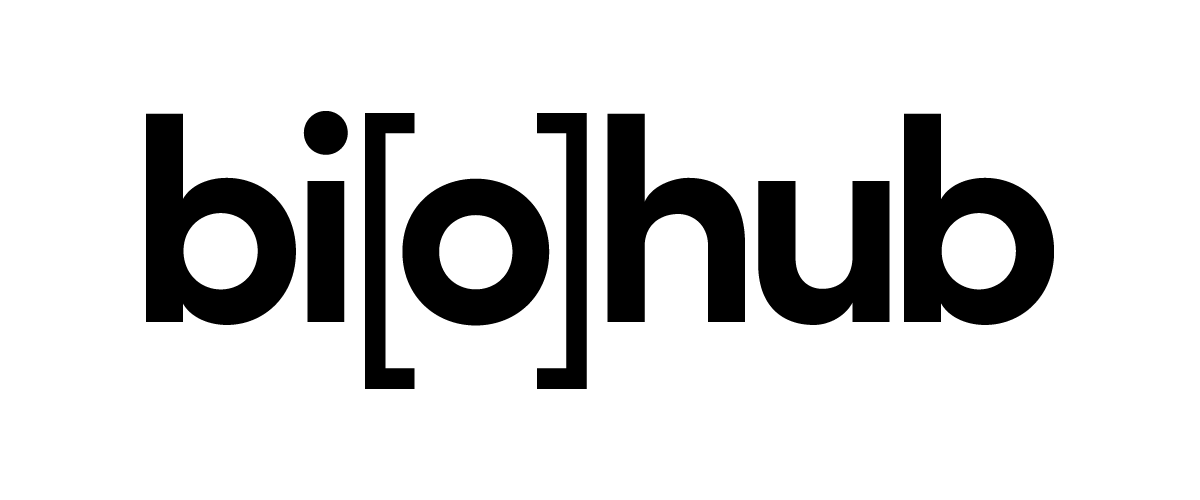Open Science Resources

open science for biomedical research
View the Project on GitHub chanzuckerberg/open-science
Search this site
Open access to publications
Topics on this page:
- Why does accessibility of scientific literature matter?
- What journals allow open access publication?
- Can I share an article if it is not open access?
This page provides information on how and why to make scientific publications open access (e.g., freely available) including when and how to share articles that are not published openly.
If you publish your manuscript as a preprint when you submit the article for review, the preprint will remain available even after the final article is published. For more information on how this process works, please see the Preprints topic page.
Why does accessibility of scientific literature matter?
A great deal of scientific research, including papers published in some of the most prestigious journals, require expensive paid subscriptions to access. Such publications are often referred to as “closed” or “paywalled.” Open access publications, on the other hand, are available to anyone at no cost. Depending on the journal, authors can choose to make publications open access at time of publishing, generally by paying a fee to the journal. Even if an article is initially paywalled, there may be mechanisms to share the article more openly; see the sections below for more information on implementing these approaches.
Some sponsoring institutions have policies that require work they support be available without a paywall. The NIH, for example, has a Public Access Policy that states expectations for sharing research resulting from grants they award. The benefits for sharing research papers include:
- accelerating science
- increasing prominence and discoverability of research
- accessibility of research to clinicians, patients, educators, and students
- improved monitoring and mining of NIH-funded work
Other funders and stakeholders may have expectations about availability of published research. See Choosing open science approaches for more information.
What journals allow open access publication?
While the section above highlights the rationale and expectation for sharing research manuscripts accessibly, journals publishing the research dictate the accessibility of research they publish.
HowOpenIsIt? A Guide for Evaluating the Openness of Journals from SPARC provides information and guidance on understanding the range of article accessibility across multiple aspects of open access.
For journal-specific information, Sherpa Romeo collects information about open access policies as dictated by individual journals and publishers. You can use this information to help choose journals in which to publish, as well as identify ways to share your research after publication. Policies are generally described for multiple stages of the manuscript review process:
- submitted version, or the manuscript prior to peer review, which generally applies to preprints
- accepted version, which is the manuscript version that follows peer review and revision but is not the final typeset article
- published version, which is the final article available from the publisher’s website
Publishers will generally describe different policies for each stage of the manuscript. For example, the entry describing policies for the journal Nature includes:
- submitted version: preprints are allowed
- accepted version: can be shared six months after publication date
- published version: can be shared if authors pay an open access fee
Can I share an article if it is not open access?
If your article has been published but is only accessible behind a paywall, there still may be steps you can take to share you work more widely.
The example of the Sherpa Romeo entry for Nature described in the previous section mentions a few locations appropriate for sharing your work besides the journal website. In general, the submitted version is most appropriately published as a preprint in a preprint server. There are multiple options for sharing the accepted version, however. One option (depending on the requirements of the journal) may be to update the preprint with a new version. Many journals now have automatic publishing of biomedical research to PubMed Central. Alternatively, many institutions host repositories that can archive and disseminate your work. For example, the University of California provides an eScholarship Repository for copies of papers published elsewhere. Such repositories are generally associated with university libraries. Another option is publishing your accepted article as a PDF available on your own webpage.
As noted for the earlier example, some journals require an embargo prior to publishing the accepted version of the paper in another location. The specific method and timing for your own publication will depend on the publisher.